Jira Scrum Board
Jira Scrum Board is a tool used to unite the teams to achieve a single goal and incremental-iterative delivery.
Functions of Scrum Board
Increase communication and transparency
Jira Scrum board is the single source through which all the work of a team can be accessed by a team member at any time. This increases communication among the team members and transparency.
Promote sprint planning and iterative development
The heart of the Scrum framework is a sprint, which is a fixed amount of time for teams to build a releasable product increment. Jira scrum board is mainly designed so that the teams can organize their work within the sprint timeframe.
Improve team focus and organization
Sometimes teams forget the project deadlines, and they are over-committed on their workload. Jira Scrum Boards provide transparency to the team's work by dividing the work into multiple stages and providing the burndown and velocity reports.
Following are the important terms related to a Scrum Board:
Sprint
A sprint is a time-boxed iteration of time which is mainly of 2 weeks. When the sprint is completed, then it produces the most valuable, useable, and releasable product in the market.
Backlog
The Backlog is owned by the Product owner. Product Backlog is a list of features, defects, enhancements, experiments that are to be considered in the product.
User story
A user story is the smallest unit of work in an agile framework. A User story is a goal, not a feature which is expressed in terms of the user's perspective.
The purpose of a user story is to show how a piece of work will deliver a particular value back to the customer.
User stories are the sentences written in simple language to provide the desired outcome.
It should be in a granular format so that it can be delivered within a sprint. Sprint is nothing but a time-bound iteration to deliver the working software.
User story comes under the epic, and epic is a large chunk of work, user stories come under the epic. Some user stories are taken from the epic and placed in a particular sprint. This cycle goes on until and unless all the user stories within a sprint are completed.
Issue
An issue is also known as user story. In scrum board, an issue contains all the tasks, dependencies, and other relevant information required to perform a single piece of work.
Epic
Epic is a large chunk of work. It is basically a large user story which can be broken into a number of smaller stories. All the user stories in the epic might take several sprints to complete.
Swimlane
Swimlane is a means of categorizing of issues in an active sprint of a scrum board or a kanban board. It helps you to distinguish the tasks of different categories, such as users, workstreams, etc.
Layout of the Scrum Board
The Scrum Board is a physical board on which the user stories present in the current sprint backlog are displayed.
Scrum board is divided into columns such as:
Stories: This column contains all the user stories available in the current sprint backlog.
TODO: This state contains the subtasks of the stories on which the work has not started on.
In Progress: This state contains all the tasks on which the work has started.
Done: This state contains all the tasks on which the work have been completed.
Steps to create a Scrum project
Click on the Create Project button to create a new project appearing at the top right corner of the page.
Click on the template link.
How to drag board
Create more custom board by clicking plus button
How to add flag,add label,change parent,delete
In Jira, flags are used as a way to visually mark issues on a board, providing additional context or information about the issue's status or importance. Adding flags to issues allows teams to quickly identify specific issues or highlight certain aspects, helping with prioritization and organization.
how to edit summary
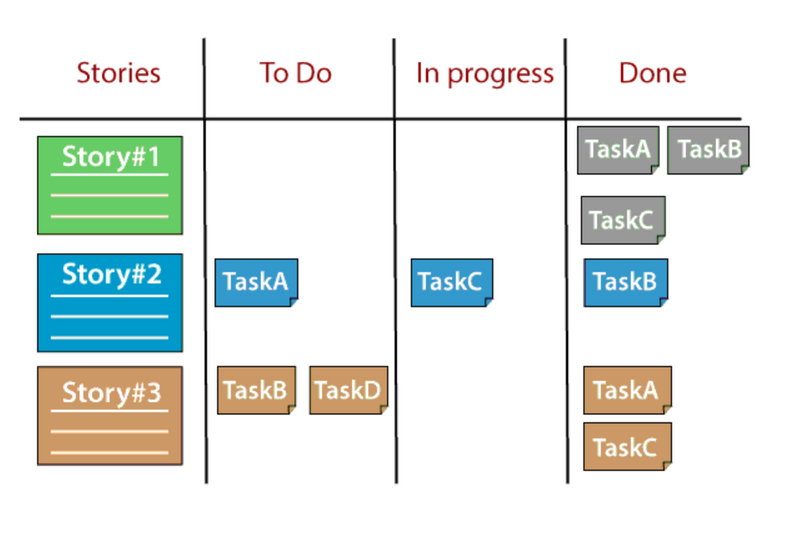
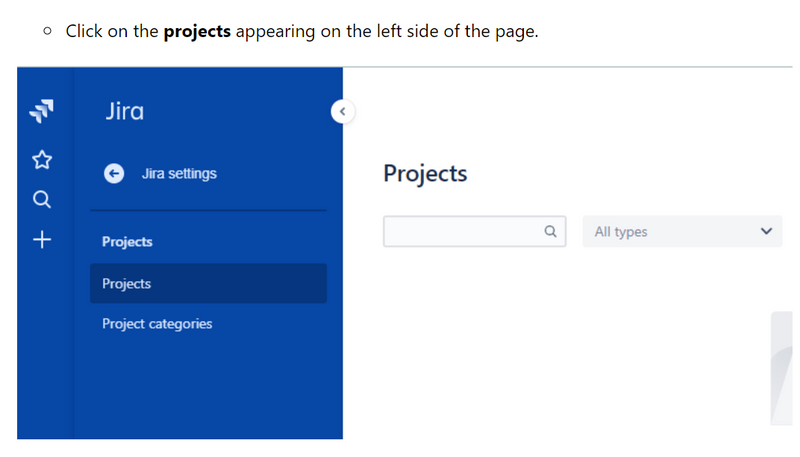
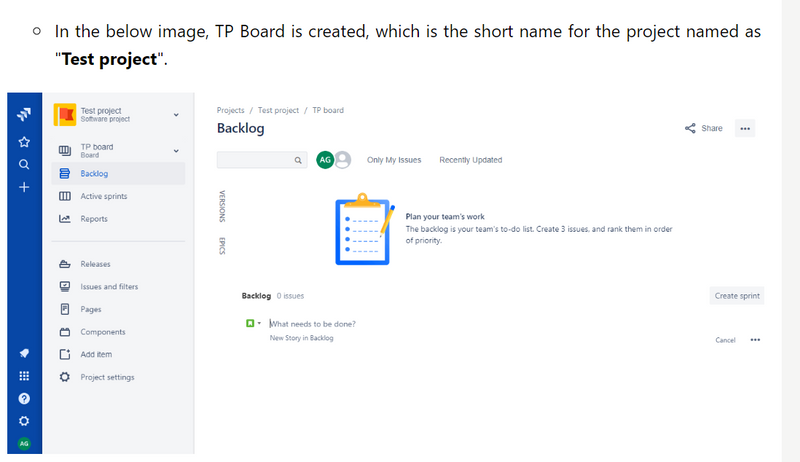
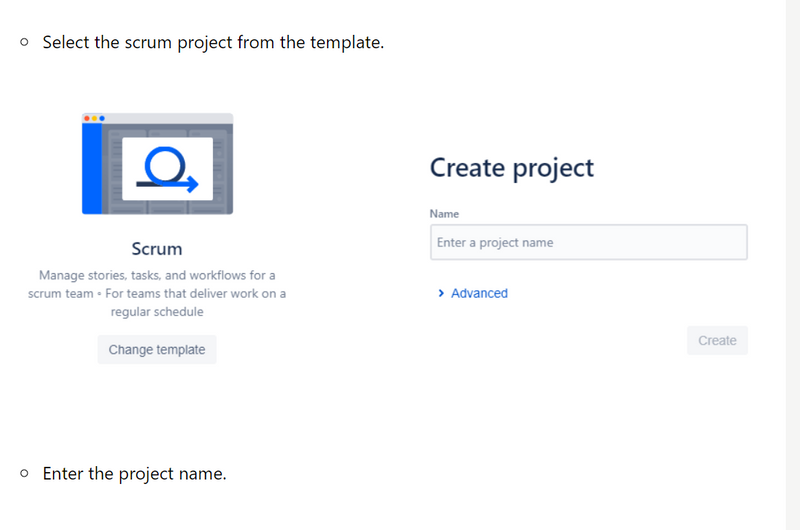
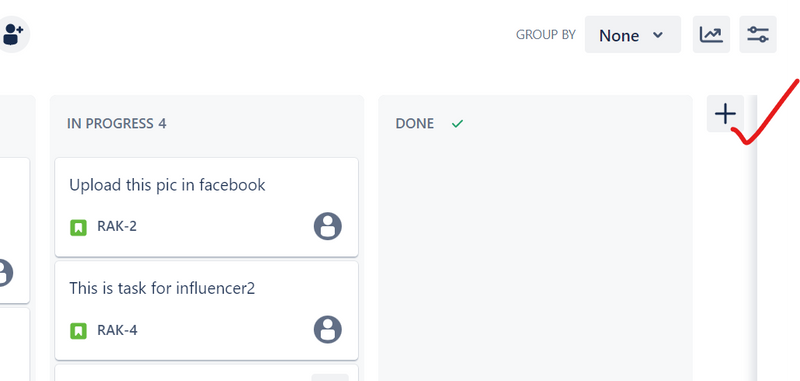
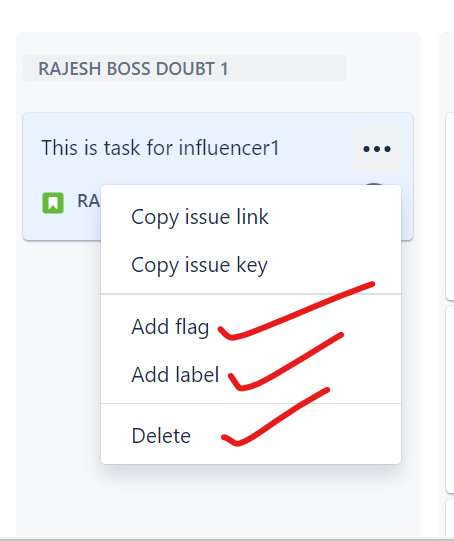
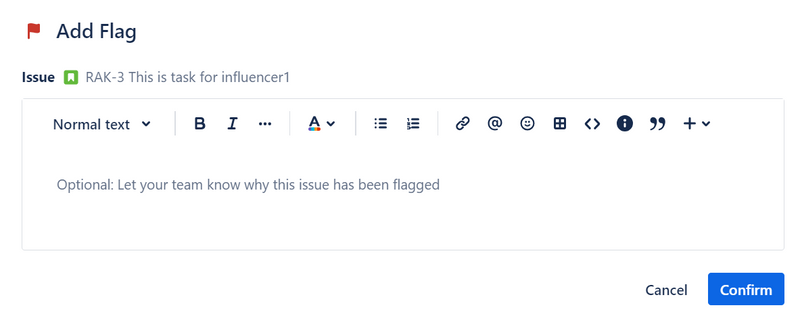
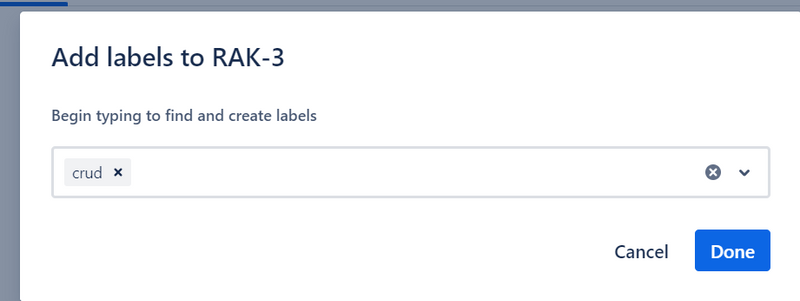
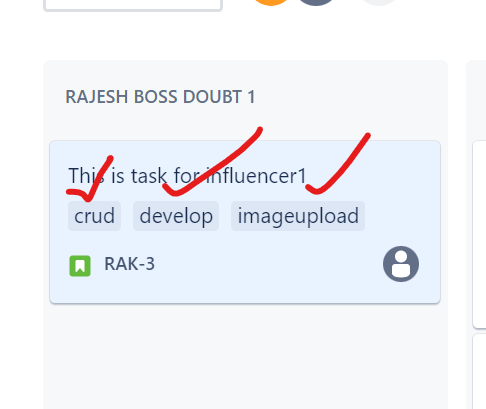
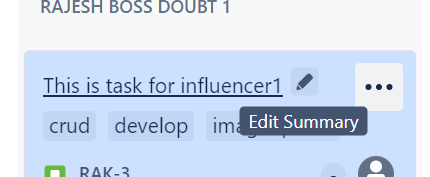
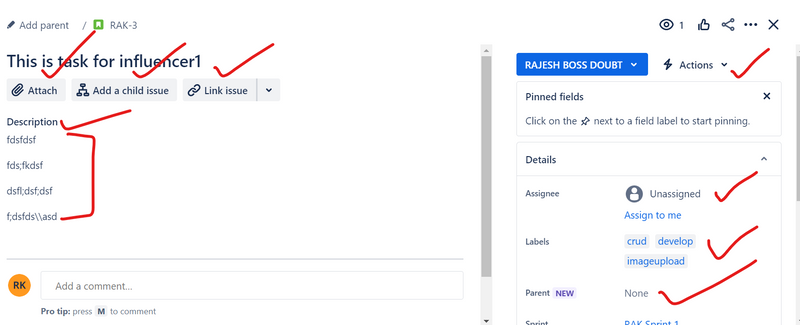

Top comments (0)